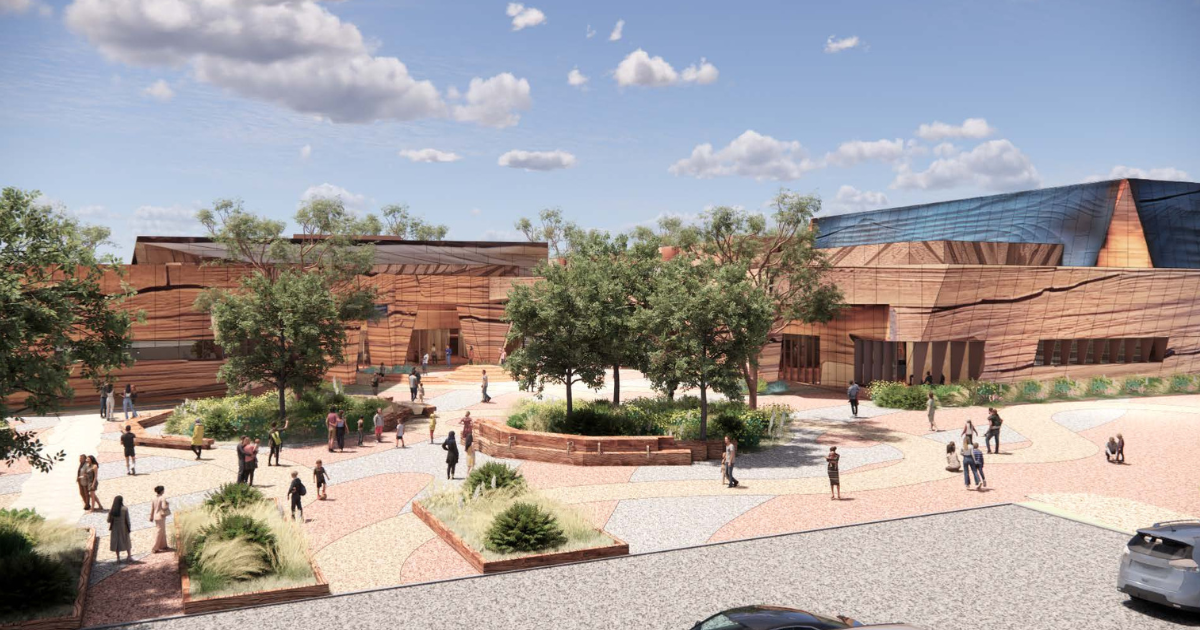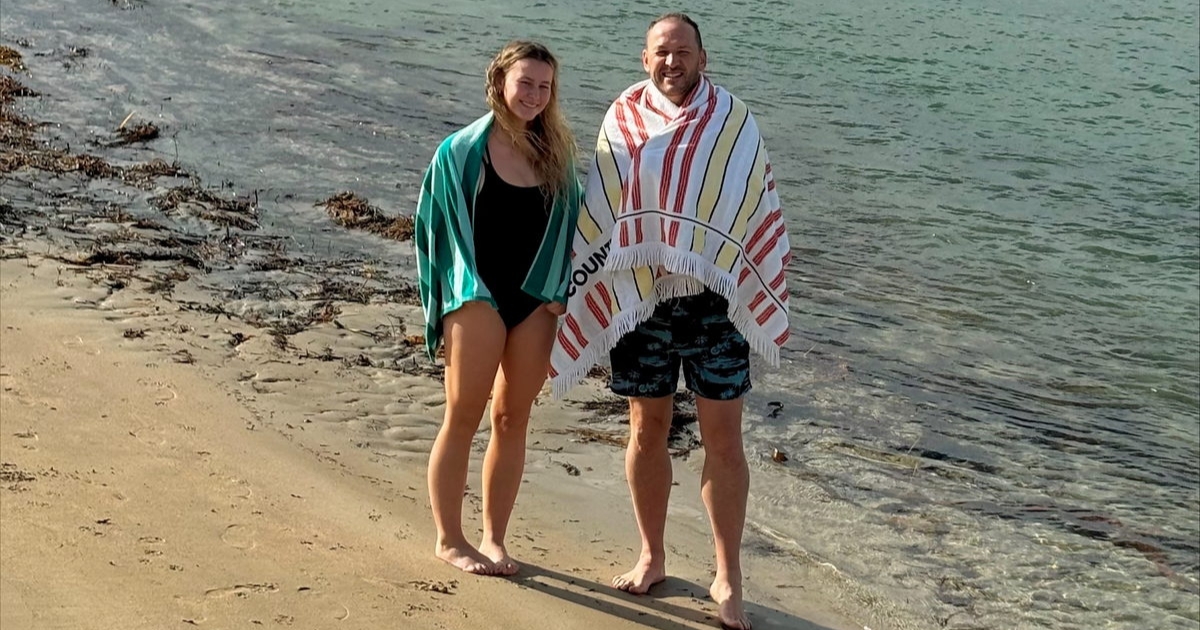Carbon fibre board makes waves

With their own knowledge of carbon fibre and the expertise of local board shapers like Eiji Shiomoto, the Deakin graduates have managed to create a carbon fibre surfboard that is flexible, light and durable.
A TRIO of Deakin University graduates have put their knowledge to the test to create a carbon fibre surfboard that can carve waves with the best.
Aerospace engineers Dr Filip Stojcevski and Andreas Hendlmeier, and organic chemist James Randall, have all done their PhDs on carbon fibre.
Dr Stojcevski said the idea to direct their knowledge on the material towards surfing came from an unlikely source.
“We’ve just been playing with carbon fibre forever really, and we’re just engineers and chemists for who this is our entire field, where we do research and try to make it better.
“The idea came about a couple of years ago. I had a French student whose name was Gaspard. He was a 19-year old kid who came to Australia on the premise that he was going to do research but really, he just wanted to go surfing. I couldn’t really get him interested in the lab, so I said to him ‘Alright, if your lab work picks up, the university will pay for a surfboard for you, but you’ve got to do all the engineering behind it and choose all the materials.’ But I was the one paying for it.
“Eventually he picked up his game, and a couple of weeks later he had some of the best shapers in Torquay coming to Deakin to help.
“That’s how it started, and we just thought ‘Isn’t this cool using a material to actually do something as opposed to just sitting in a lab and doing research?’.”
Renowned Torquay surfboard shaper Eiji Shiomoto was the first to test his skills shaping a carbon fibre board.
Dr Stojcevski said Mr Shiomoto quickly adapted to the challenges the new material presented.
“He straight away knew how to do it. It’s not a material that’s used commonly but he’s been in the industry forever and was super-patient with us and he was excited.”
Carbon fibre had previously been trialled for surfboards but had generally been deemed too stiff compared to fibreglass.
But having published about 20 papers on modifying carbon fibres for better bonding, Stojcevski, Hendlmeierand and Randall were well-equipped to solve the problem.
“In the past, anybody that’s ever made a carbon fibre surfboard has found them too stiff,” Dr Stojcevski said.
“But it is not because carbon fibre is three times stiffer than glass fibre, but (because it) is up to four to 10 times stronger than glass. So, the problem the industry was having before was not that carbon fibre is too stiff, but we were using too much in the one direction.
“So, just by understanding the engineering and mathematical principals about how much fibre you should use in one direction, and really looking into the suppliers and whose able to provide the right type of fabric, we’ve been able to solve the flex problem.
“Using that experience, we were able to get a board that feels exactly like a glass board but it’s stronger. Carbon fibre is lighter, so if we get it perfectly made it will be lighter than a glass board, it should be more delamination-resistant because of the chemistry, and it all comes at the same price as a glass board.”
Through partnering with Deakin University’s SPARK Deakin Accelerator 2020 program, they have created a platform for themselves to produce and sell the boards.
As they have produced their boards under the banner of JUC Surf, Dr Stojcevski said they have looked locally to get their material.
“Everything is locally sourced. All the recycled material we’re even getting locally from Carbon Revolution.”
He said he had been pleasantly surprised at the support they had received from the local surfing industry.
“When we started, we didn’t really know many people from around here. But since we’ve started this adventure, everyone’s been super welcoming.”

















